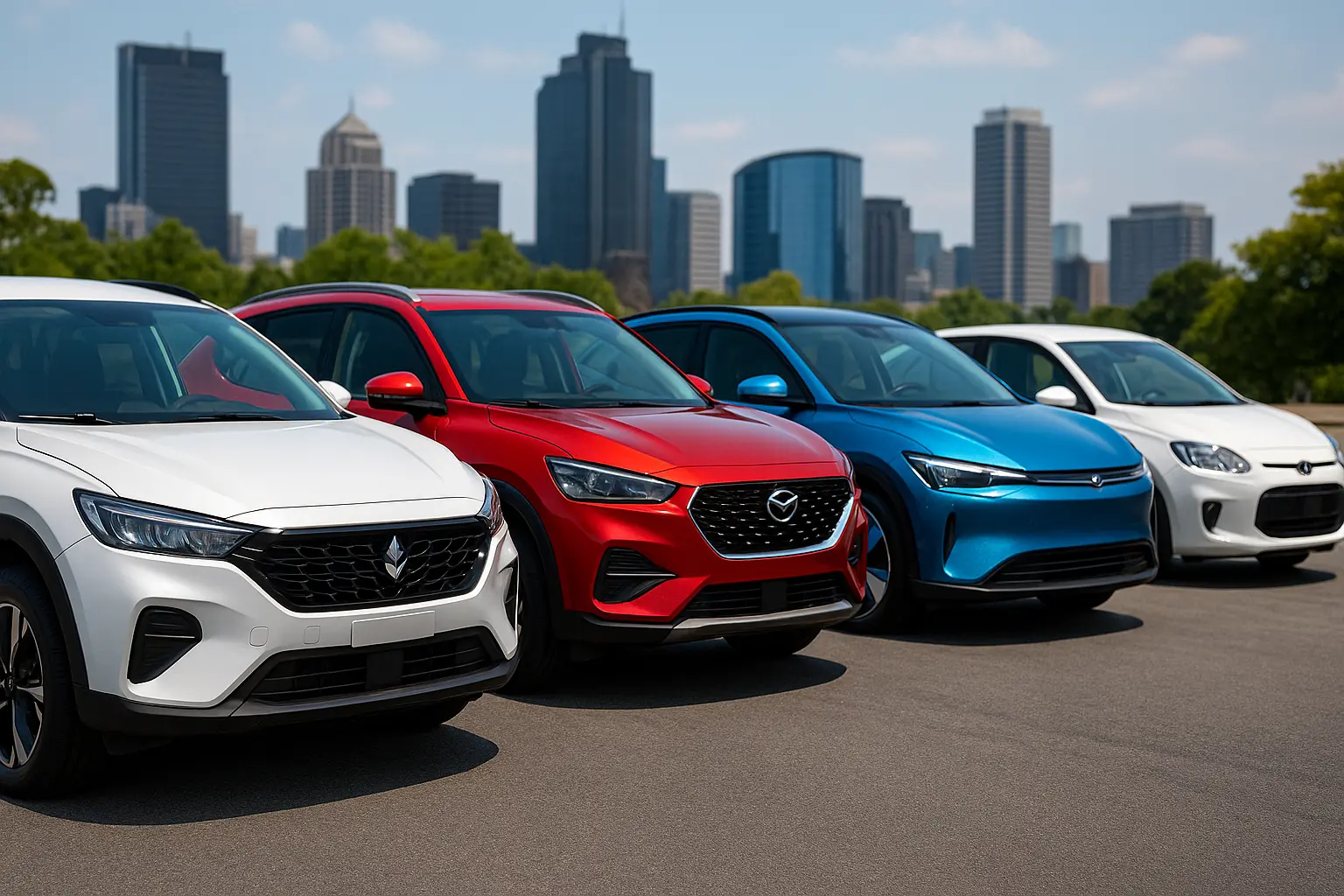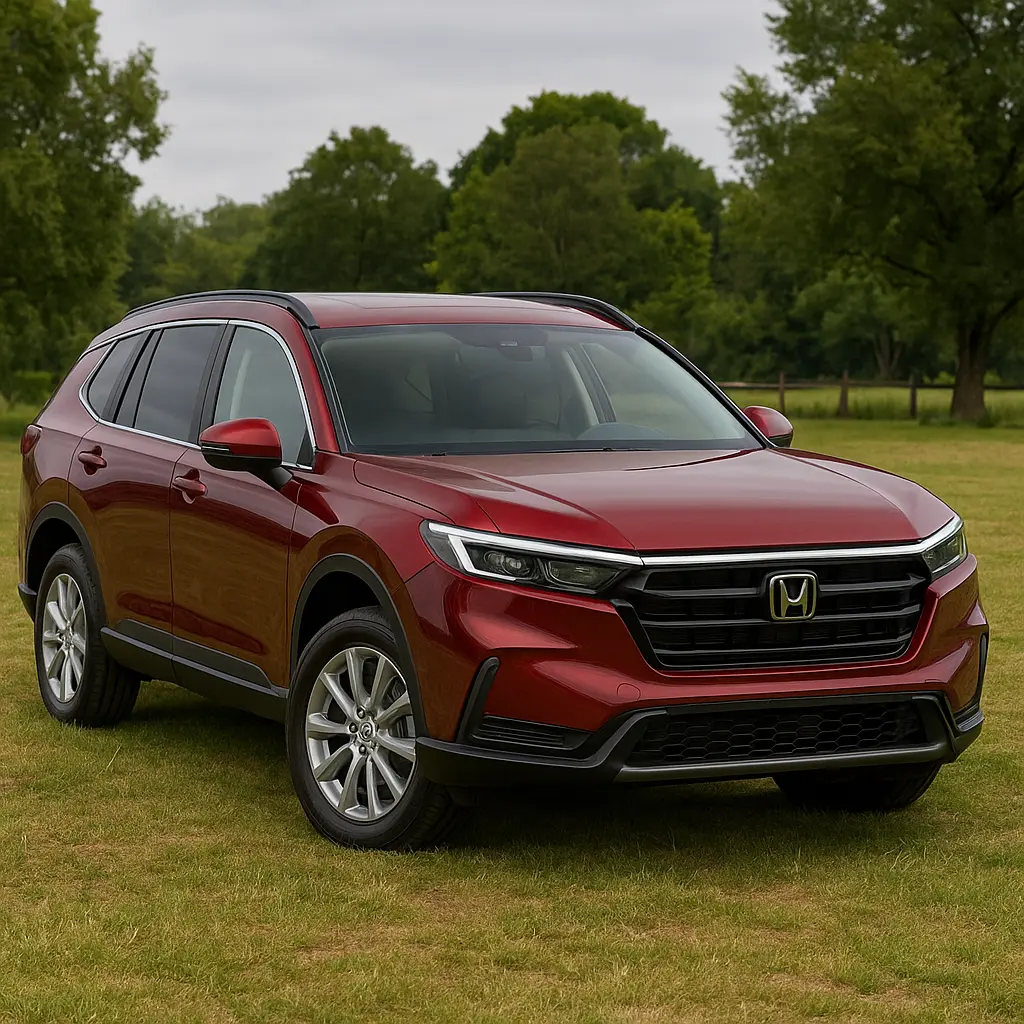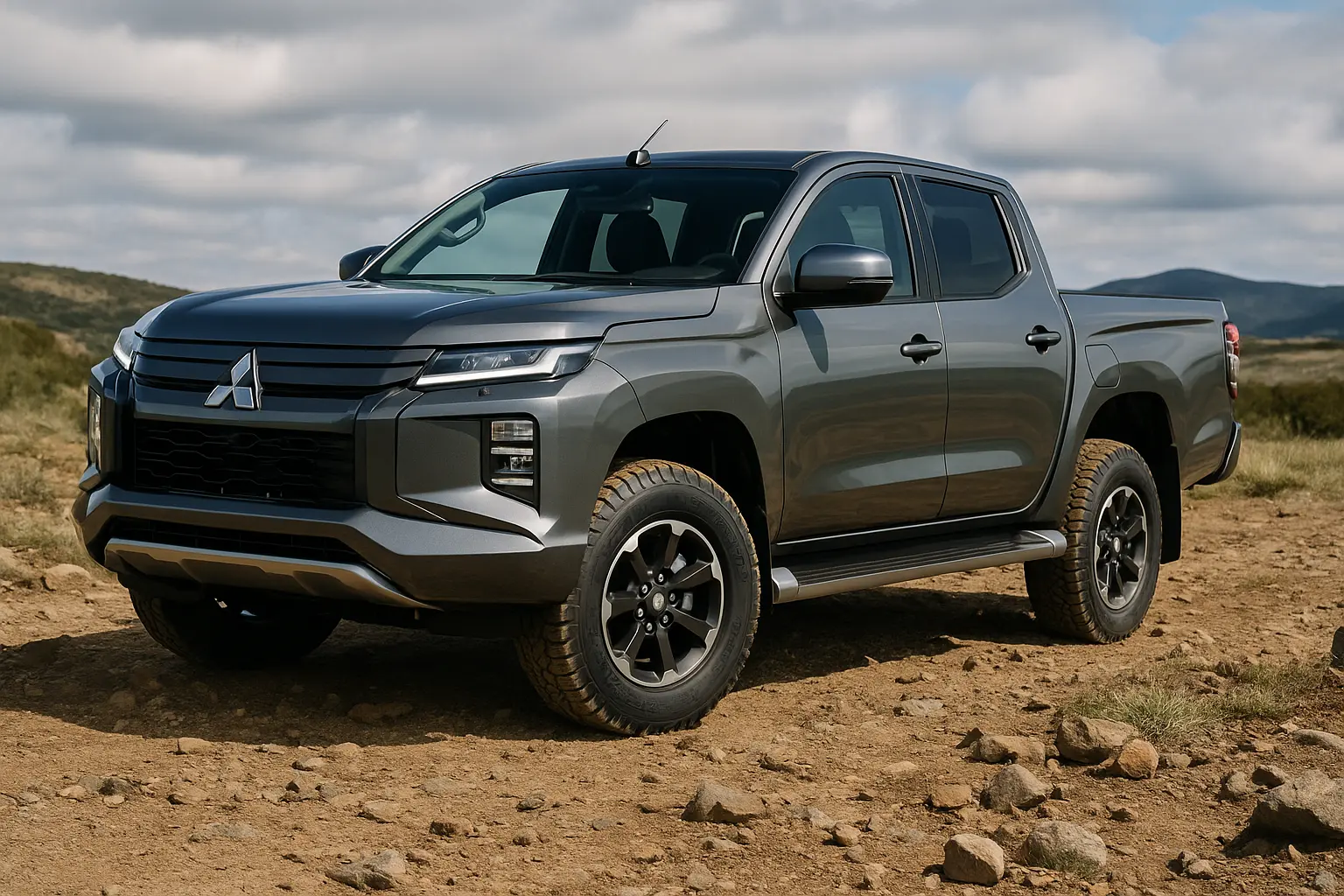Top Regional Car Brands Gaining Popularity in Australia 2025

Introduction: A Shift in the Automotive Landscape
In 2025, the Australian car market is undergoing a remarkable transformation. While global giants like Toyota, Mazda, and Hyundai still dominate sales charts, a fresh wave of regional and lesser-known brands is quickly rising in popularity. Backed by competitive pricing, advanced technology, and aggressive marketing strategies, these emerging players are challenging the status quo and reshaping buyer expectations.
In this blog, we explore the top regional car brands making waves in Australia, understand what’s fueling their growth, and highlight key models that are winning over Aussie drivers.
Why Regional Brands Are Gaining Ground in Australia
Several key trends have contributed to the rise of these up-and-coming car brands:
Affordability and Value-for-Money: Australians are increasingly budget-conscious, and regional brands often provide well-equipped vehicles at lower prices.
Improved Build Quality and Safety: Many emerging manufacturers have significantly closed the quality gap with industry leaders.
EV and Hybrid Innovation: Some regional brands are ahead in offering budget-friendly electric and hybrid vehicles.
Fresh Design Language: Unique aesthetics and modern interiors appeal to younger demographics.
Government Incentives: Import tariffs and emissions incentives have made some regional brands more accessible than before.
Top Regional Car Brands to Watch in 2025
Let’s explore the most prominent names gaining ground across the Australian auto scene.
1. BYD (China) – Electric Disruption at a Budget
BYD (Build Your Dreams) is no longer just a curiosity in the electric vehicle segment—it’s a major contender. In 2025, it’s clear BYD’s Australian expansion strategy has worked.
Popular Models:
BYD Atto 3: Compact SUV with impressive range and affordability.
BYD Seal: Mid-size electric sedan that challenges the Tesla Model 3.
BYD Dolphin: One of the most affordable EVs on the market with practical city driving credentials.
Why Aussies Love It:
Excellent EV range for price.
Generous standard features.
Government EV rebates reduce upfront cost.
2. GWM (China) – Tough Looks and Value
Great Wall Motors has successfully rebranded in Australia as GWM, offering both utes and SUVs that appeal to budget-conscious buyers seeking a rugged image.
Popular Models:
GWM Haval H6: A mid-size SUV that punches above its weight in tech and safety.
GWM Tank 300: A serious off-roader with a retro look and hybrid powertrain.
GWM Cannon: A well-priced dual-cab ute taking on the Toyota HiLux and Ford Ranger.
Highlights:
7-year unlimited km warranty.
Bold designs and surprisingly luxurious interiors.
Hybrid options for eco-conscious buyers.
3. Chery (China) – The Reintroduction Is Working
After an initial attempt that fell flat years ago, Chery has returned with a stronger lineup, better safety ratings, and global ambitions.
Popular Models:
Chery Omoda 5: A small SUV with head-turning looks and premium cabin.
Chery Tiggo 7 Pro: Practicality, affordability, and competitive features.
Key Selling Points:
Tech-laden interiors at lower cost.
Competitive pricing in the small SUV segment.
Rapid dealership expansion across major cities.
4. SsangYong (South Korea) – Comeback Story in 2025
Despite financial turbulence in the past, SsangYong (now known as KG Mobility) has been quietly gaining fans with its value-packed offerings and rugged styling.
Notable Vehicles:
SsangYong Musso: A ute that’s affordable, reliable, and spacious.
SsangYong Rexton: Large SUV ideal for towing and family trips.
Strengths:
Long warranty and aftersales support.
One of the most powerful diesel utes in its class.
Better quality and design compared to earlier models.
5. Mahindra (India) – Slowly but Surely
Mahindra has been present in Australia for years but is now stepping up its game with refreshed designs and more competitive specs.
Models Worth Noting:
Mahindra Scorpio-N: Full-frame 4x4 SUV that’s priced well under its competitors.
Mahindra XUV700: Flagship SUV that offers strong tech credentials and safety.
What Works:
Competitive off-road capability.
Strong value proposition for tradies and adventurers.
Recent efforts to improve cabin design and user experience.
6. LDV (China) – Workhorse to Mainstream
Once known mostly for commercial vans, LDV is now selling in volume thanks to its value-packed utes and EV offerings.
Hot Sellers:
LDV T60 MAX: Popular with tradies for its dual-cab practicality.
LDV eDeliver 9: One of the few electric vans on offer in Australia.
LDV MIFA 9: An electric people mover with serious comfort.
Strengths:
Variety of work and family vehicles.
Keen pricing.
Expanding electric vehicle portfolio.
7. Cupra (Spain) – Euro Style for Less
A sub-brand of SEAT (under Volkswagen Group), Cupra has been positioning itself as a stylish performance-forward brand for younger buyers.
Notable Models:
Cupra Formentor: A sporty SUV coupe with sharp dynamics.
Cupra Born: Fully electric hatchback with VW ID.3 bones.
Why It’s Popular:
Aggressive styling.
Euro flair without premium Euro pricing.
Engaging drive feel.
8. Polestar (Sweden/China) – Premium EV Challenger
Polestar (backed by Volvo and Geely) continues to impress the premium EV market.
Flagships:
Polestar 2: Sporty electric fastback that rivals the Tesla Model 3.
Polestar 3: Larger SUV joining the lineup in 2025.
Advantages:
Clean Scandinavian design.
Google-based infotainment.
Strong performance and luxury feel.
What Australians Want in 2025 – Buyer Preferences
Based on recent data and buyer behavior, here’s what’s driving purchases:
Warranty and After-Sales Support
Low Running Costs (especially EVs and hybrids)
Connectivity Features like Wireless Apple CarPlay
Design and Interior Materials
Safety Ratings (ANCAP 5-star becoming minimum expectation)
Challenges Facing Emerging Brands
While their popularity is rising, regional brands also face challenges:
Brand Trust: Many buyers still prefer long-established names.
Dealership Network: Limited availability in rural or regional areas.
Resale Value: Perceived lower long-term value compared to legacy brands.
Parts and Servicing: Aftermarket support is growing but not yet as robust.
Industry Response from Legacy Brands
Traditional automakers are starting to feel the heat. In response, they are:
Introducing more affordable entry-level variants.
Expanding hybrid and EV lineups to compete on green credentials.
Upgrading warranties to match or beat emerging competitors.
Launching subscription and ownership flexibility models.
Conclusion: Will Regional Brands Take Over?
While Toyota, Ford, Mazda, and Hyundai remain dominant in 2025, the growth of regional car brands shows a clear shift in Australian buyer mentality. People are no longer solely focused on badge prestige—they're looking at value, innovation, and technology. For those who are open to change, there’s never been a better time to explore these rising stars in the automotive world.
Final Thoughts:
If you’re in the market for a new car in 2025, don’t overlook these growing regional brands. They’re rewriting the rules on value, quality, and innovation—and giving traditional players some serious competition.
Leave a comment
Your email address will not be published. Required fields are marked *




